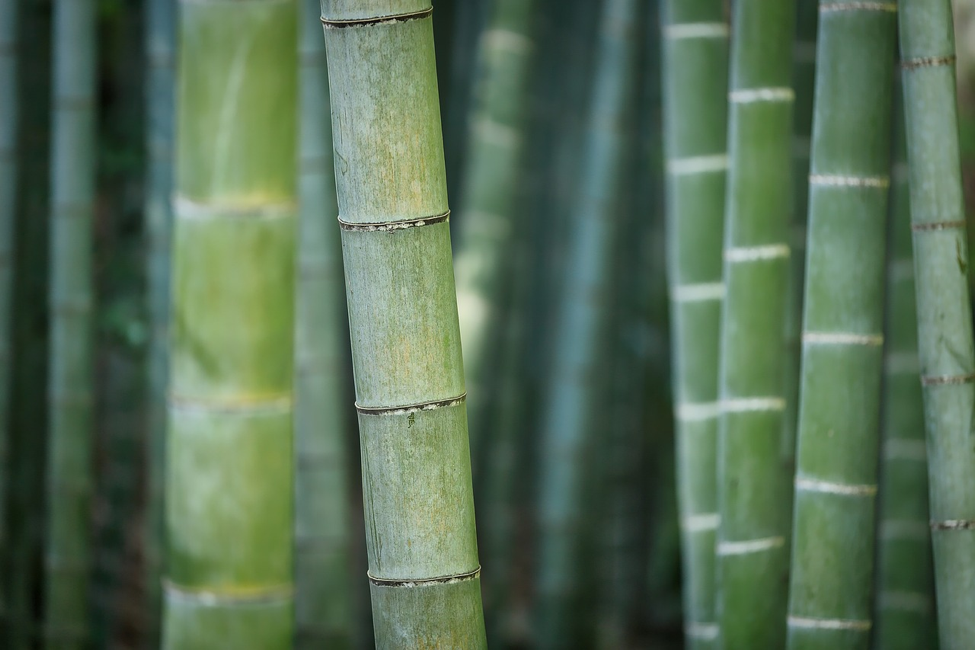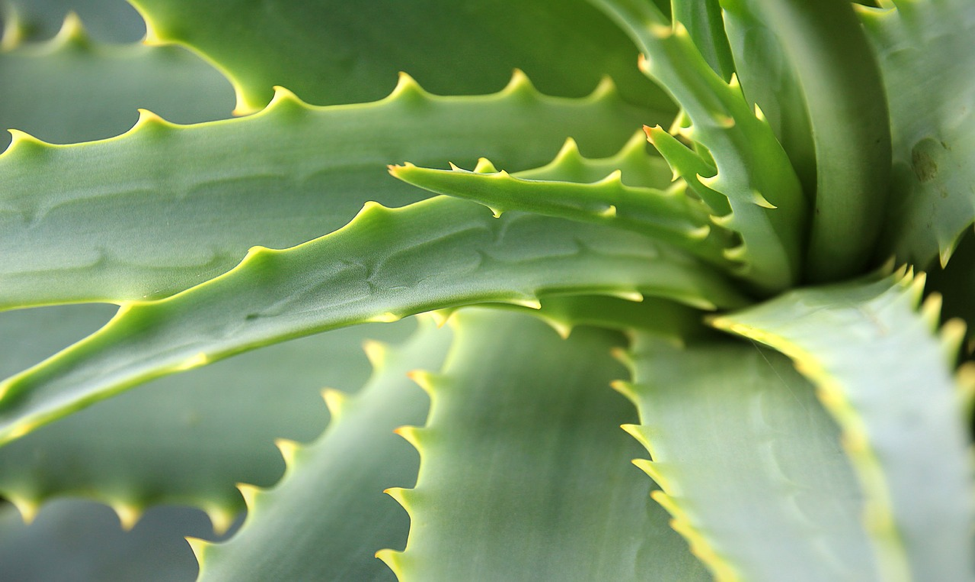
It’s important to know what we’re putting into our bodies, and that includes the air we breathe.
After all, the oxygen we breathe (even inside our own homes!) is often polluted with formaldehyde, sulfur, and carbon monoxide–just to name a few things.
If you’re someone who spends a lot of time inside and are worried about your home’s air quality, keep reading, because today we’re going to walk you through some of the best, easy-to-maintain houseplants that naturally filter the air.
Here’s what we recommend…
Spider Plants

Spider plants are one of the easiest indoor houseplants to grow and maintain and can easily be found at your local greenhouse or plant nursery.
The plant is native to southern Africa, but due to its pretty leaves and air-filtering properties, it can be easily found all over the world.
This plant in particular is amazing at removing formaldehyde from the air. In fact, NASA, which tested the abilities of three common houseplants to remove formaldehyde from the air, found that spider plants were able to remove 95 percent of the toxic substance from a sealed chamber in less than 24 hours.
It’s also a superstar at removing a chemical called xylene from the air.
Aside from these particular chemicals, spider plants continuously recycle and clean the air we breathe.
Peace Lily

If you love decorating your home with beautiful, fresh flowers, a peace lily might be right up your alley.
Not only does this plant blossom with a stunning white lily on a yearly basis, the plant itself is a pro at removing ammonia, benzene, formaldehyde, and trichloroethylene from the air in your home.
This plant is able to quickly remove toxins from the air by absorbing them in and filtering and neutralizing toxic gases through its root system.
While this plant originates from Southeast Asia, it can now commonly be found in grocery stores and greenhouses all across the U.S.
Bamboo

If you’re someone who doesn’t have a green thumb, a bamboo plant is a great option for your home. As long as you keep it watered, it is almost impossible to kill.
Aside from their hardiness, bamboo plants are also great at filtering benzene, formaldehyde, and trichloroethylene from the air.
In fact, bamboo can filter and neutralize many chemicals that come from ovens, carpets, glues, cleaning solutions, and plastics.
The best part…bamboo is very cheap! It won’t cost you an arm and a leg to purchase a small plant for each room in your home! You can find bamboo in most grocery stores, Asian markets, or plant nurseries.
Aloe Vera

Most people think of aloe vera as a green goo that’s used to soothe sunburns. Yet, not everybody realizes this plant has a superpower that’s far greater than relieving sunburn.
Aloe vera plants are highly effective at removing formaldehyde–a chemical that becomes very toxic when you’re overexposed to it.
The plant also has a knack for removing a chemical called benzene which is commonly found in paint and home cleaners.
Whether you’re suffering from a burn, are worried about your air quality, or are experiencing digestive issues (yes, people cook with it!), it’s a houseplant you simply can’t go wrong with.
You can find aloe vera plants at farmers markets, greenhouses, and grocery stores.
Boston Fern

A Boston fern is one of the most classic houseplants that exists. And it’s no surprise as to why many people have this plant in their homes.
First and foremost, Boston ferns are able to filter air and remove harmful toxins like formaldehyde out of the air like every other plant we’ve discussed thus far.
However, what makes this plant extra special is its ability to restore moisture into the air. This plant is nature’s natural humidifier.
If your hair, skin, and lips are dry, try introducing some water back into your air with a Boston fern.
On average, a decent size fern costs less than $20! Now that’s an inexpensive home air purifier and humidifier package deal!
What’s your favorite indoor air purifying plant? Let us know in the comments below!





